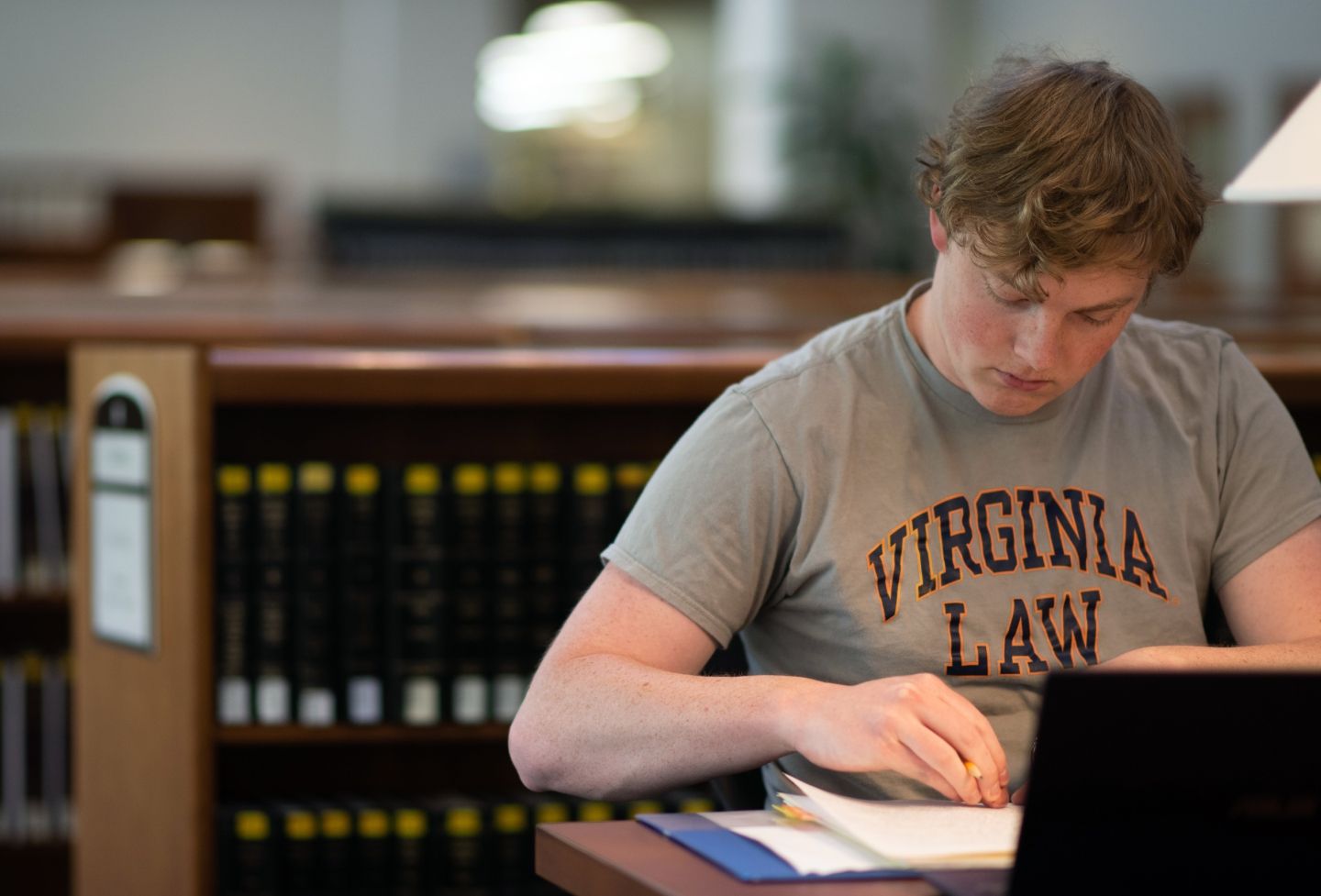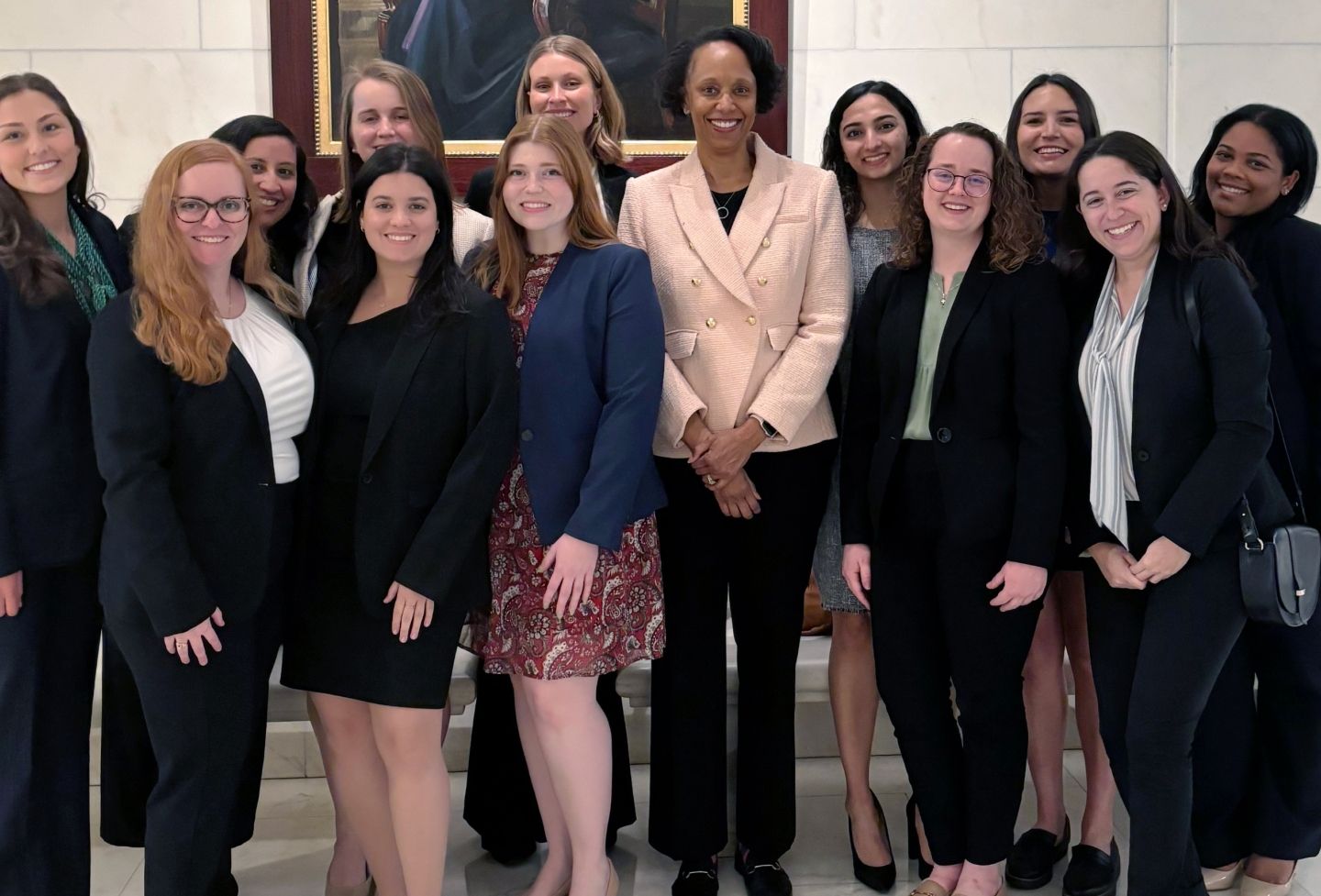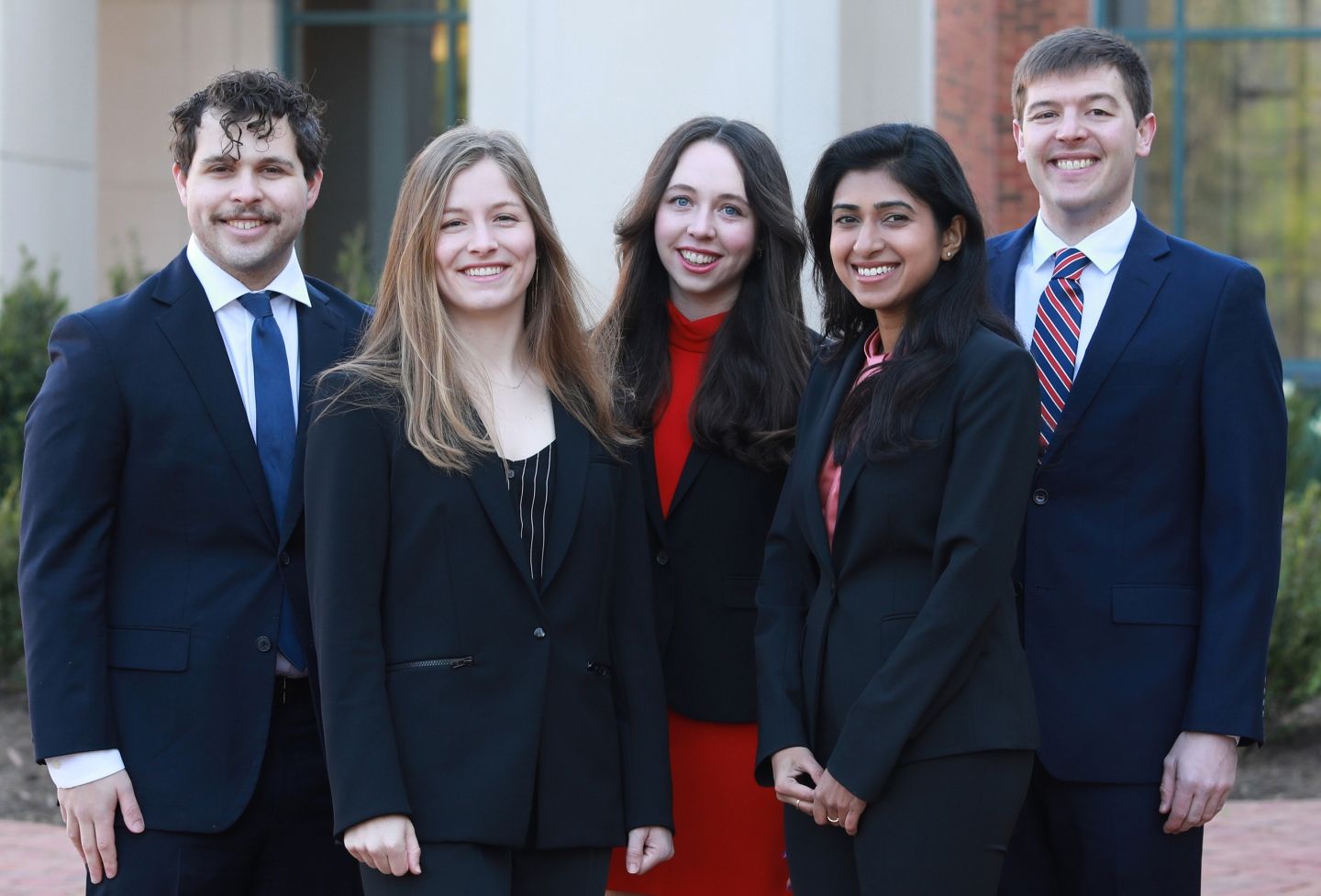A murder victim's weighted-down body defies physics and floats 10 miles — upstream.
The Innocence Project Clinic at the University of Virginia School of Law clinic wasn't buying it, either. The argument is among numerous disputed elements of two high-profile cases the clinic says never added up. Now, recently uncovered evidence in both cases bolsters assertions that their clients are innocent, the clinic's instructors say. The yearlong clinic gives students experience investigating and litigating wrongful convictions of inmates in Virginia.
In March, the clinic filed responses to the state's motions to dismiss their petitions of habeas corpus on behalf of clients in unrelated cases, Emerson Stevens and Messiah Johnson. Habeas petitions are challenges to unlawful imprisonment. In both cases, the clients are asserting their actual innocence as well.
Emerson Stevens was convicted in 1986 of abducting and murdering a mother of two, Mary Harding of Ottoman, then leaving her body weighted by chains and a cinder block in waters near the Rappahannock River.
But a box of potentially exculpatory case evidence, which was not previously disclosed to the defense, was discovered late last year at the Lancaster County Sheriff's Department and turned over to the clinic. The evidence included statements that conflict with — and would have impeached — court testimony, as well as information on additional viable suspects and indications of coercion on the part of the state's chief investigator, the clinic alleges.
In one of the contradictions, an expert in marine science gave court testimony as to how Harding's body could have traveled so far from where authorities theorized Stevens dumped it. (Stevens had a docked boat, but no boat lights, so authorities believed it was out of the question he could have traveled very far that night without running aground.)
The expert "gave some speculative testimony about the tidal patterns, basically saying it was possible that the body could have traveled 2.5 miles a day, and the body was found four days after, so there's your 10 miles," said Jennifer L. Givens, the clinic's legal director and co-instructor.
But the clinic found something contrary in the commonwealth's file — a letter from that same witness.
"Between trials, the witness basically said to the commonwealth's attorney, 'Are you sure you want me to testify again, because your detective characterized my testimony as 'eyewash,'" Givens said.
A polite synonym would be "hogwash."
Also uncovered in the recently disclosed papers were notes from the FBI that said the victim’s body was likely dumped only 500 to 600 yards from where it was found, Givens said.
In a second disputed case, Messiah Johnson was convicted in 1998 of taking part in the armed robbery of a hair salon in Norfolk. The clinic alleges Johnson was misidentified as one of the disguised men ("Robber No. 1") as the result of poor police practices, mistaken eyewitnesses, prosecutorial misconduct and ineffective assistance of counsel. No physical evidence connected Johnson to the crime, and he had an alibi.
Since Johnson's conviction, another man — convicted of other similar robberies in the neighborhood during that time period, including that same day — has stepped forward and claimed responsibility for the crime.
During a 2015 TEDx Charlottesville talk, Deirdre Enright, the clinic's director of investigation and its other instructor, told the story of how the more likely suspect was identified. Students in the clinic had tracked down the alternate suspect, now identified as Robert Humphries, through police reports and press clippings that matched with how the suspect operated.
The investigation led them to the prison where Humphries was housed. But they were only allowed 25 minutes to interview him.
"I had to walk into a room, shake hands and say, ‘Hi Robber No. 1, my name is Deirdre, and this is a law student," Enright said. "We don't have much time here, and this is going to seem kind of rude, but I have a client, Messiah, he's a real great guy. Said he didn't do it, armed robbery, Ghent neighborhood, Norfolk, disguises, y'know — any of this?’ And he quickly cut me off and said, 'Oh, that sounds like me!'"
Based on the confession, Enright and company later returned with an affidavit, and Humphries signed his confession.
"He said, 'Nobody should be in prison for something they didn't do,’" Enright said.
Founded in 1819, the University of Virginia School of Law is the second-oldest continuously operating law school in the nation. Consistently ranked among the top law schools, Virginia is a world-renowned training ground for distinguished lawyers and public servants, instilling in them a commitment to leadership, integrity and community service.


